Case

Case

(A) The valves used on the water supply pipe, generally selected in accordance with the following principles:
(B) the following parts of the water pipeline should be set up valves:
(C) Check valve should be generally according to its installation site, the valve before the water pressure, after the closure of the airtight performance requirements and the size of the water hammer caused by the closure of the selection of factors such as:
(D) The following sections of water supply pipelines should be equipped with check valves:
On the introduction pipe; on the inlet pipe of the closed water heater or water-using equipment; on the outlet pipe of the pump; on the outlet pipe section of the water tank, water tower, or upland pool where the inlet and outlet pipes are combined in a single pipe.
Note: Pipe sections equipped with piping backflow preventers are not required to be equipped with check valves.
(E) The following parts of the water supply pipe shall be provided with venting devices:
Gate valve is the closing member (gate) along the channel axis of the vertical direction of movement of the valve, in the pipeline mainly as a cut-off medium, that is, full open or full closed use. In general, the gate valve can not be used as a flow control. It can be applied to low-temperature pressure can also be applied to high temperature and high pressure, and can be based on different materials of the valve. But the gate valve is generally not used to transport slurry and other media in the pipeline!
Advantages:
① Small fluid resistance;
② Opening and closing torque required is small;
③ Can be used in the medium to the two directions of flow of the ring network pipeline, that is, the medium flow direction is not restricted;
④ Fully open, the sealing surface by the working medium of the erosion is smaller than the globe valve;
⑤ Shape structure is relatively simple, manufacturing process is better;
⑥ Structure length is relatively short.
Disadvantages:
① External dimensions and opening height is larger, the space required for installation is also larger;
② In the process of opening and closing, the sealing surface relative friction, wear and tear, and even at high temperatures can easily cause abrasion phenomenon;
③ General gate valve have two sealing surfaces, to the processing, grinding and maintenance has increased some difficulties;
④ Opening and closing time is long.
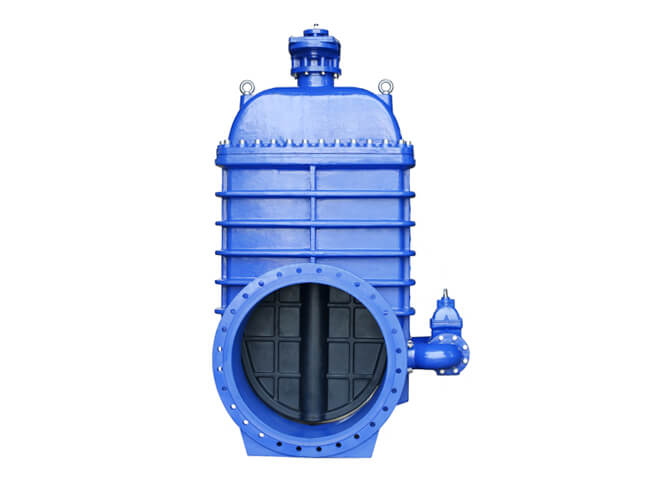
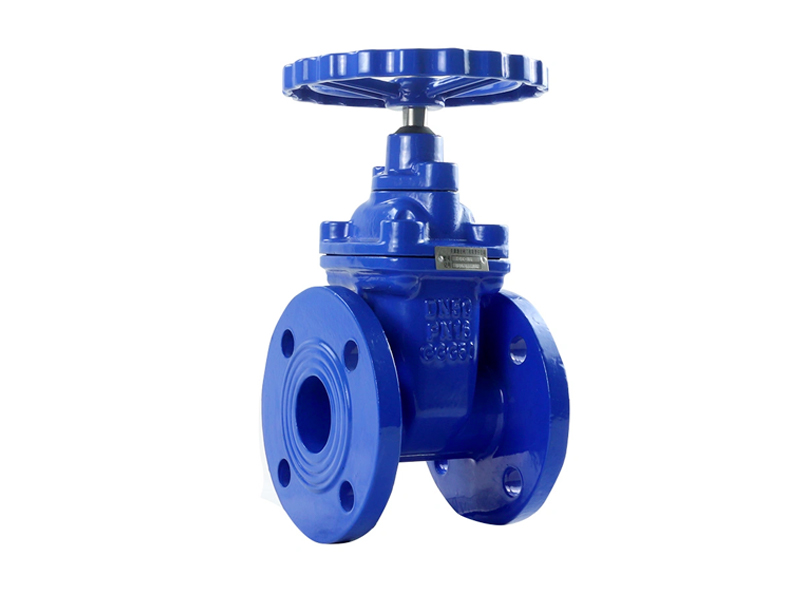
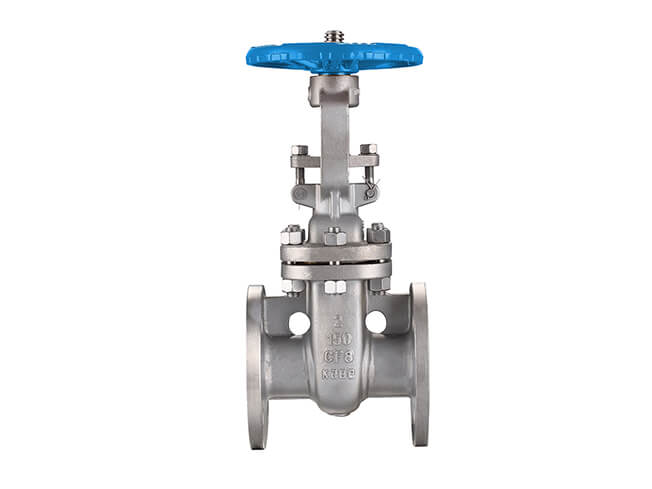
Butterfly valve is a kind of valve that uses disc type opening and closing parts to reciprocate about 90° to open, close and adjust the fluid passage.
Advantages:
① Simple structure, small size, light weight, consumables, don't use in large diameter valves;
② Rapid opening and closing, small flow resistance;
③ Can be used for media with suspended solid particles, according to the strength of the sealing surface can also be used for powder and granular media. Can be applied to ventilation and dust removal pipeline bidirectional opening and closing and adjustment, widely used in metallurgy, light industry, electric power, petrochemical systems, gas pipelines and waterways.
Disadvantages:
① Flow adjustment range is not large, when open up to 30%, the flow will be into more than 95%;
② Due to the structure of the butterfly valve and the limitations of the sealing material, should not be used for high temperature, high pressure piping system. General operating temperature below 300 ℃, PN40 below;
③ Sealing performance relative to the ball valve, globe valve is poor, so it is used for sealing requirements are not very high.
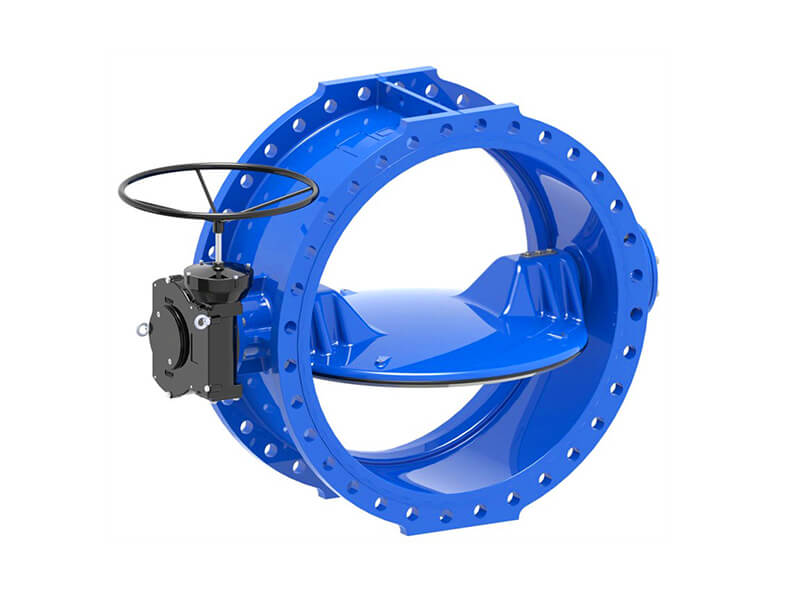
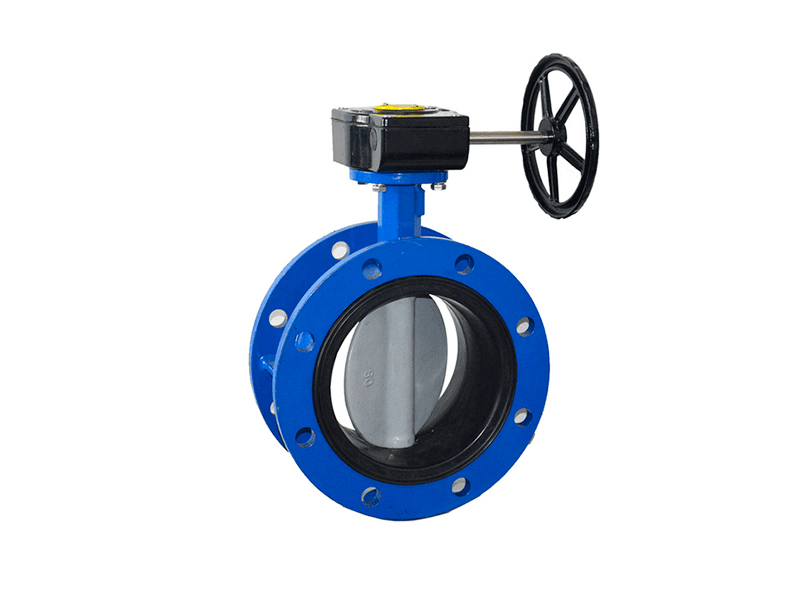
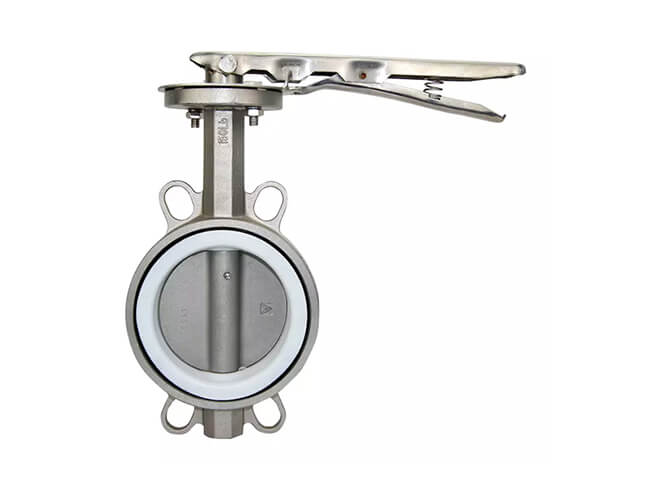
Is evolved from the plug valve, its opening and closing member is a sphere, the use of the sphere around the axis of the valve stem rotated 90 ° to achieve the purpose of opening and closing. Ball valve in the pipeline is mainly used to cut off, distribution and change the direction of media flow, designed as a V-shaped opening of the ball valve also has a good flow regulation function.
Advantages:
1 Has the lowest flow resistance (actually 0);
2 Because it will not jam during operation (in the absence of lubricant), it can be reliably applied to corrosive media and low boiling point liquids;
3 It can achieve complete sealing in a wide range of pressure and temperature;
4 Can achieve rapid opening and closing, some structures of the opening and closing time is only 0.05 ~ 0.1s, to ensure that can be used in the test bench automation system. When opening and closing the valve quickly, the operation is shockless;
5 The spherical closing member can be automatically positioned at the boundary position;
6 The working medium is sealed reliably on both sides;
7 In fully open and fully closed, the sealing surface of the ball and seat is isolated from the medium, so the medium passing through the valve at high speed will not cause erosion of the sealing surface;
8 Compact structure, light weight, it can be considered the most reasonable valve structure for low temperature media system;
9 valve body symmetry, especially the welded valve body structure, can well withstand the stress from the pipeline;
10 The closing parts can withstand the high pressure difference when closing.
11 All-welded body ball valve, can be buried directly in the ground, so that the valve internal parts are not subject to erosion, the maximum service life of up to 30 years, is the most ideal valve for oil and gas pipelines.
Disadvantages:
① Because the ball valve is the most important seat sealing ring material is PTFE, it is inert to almost all the chemicals, and has a small coefficient of friction, stable performance, not easy to age, the temperature range and sealing performance is excellent comprehensive features.
However, the physical properties of PTFE, including high coefficient of expansion, sensitivity to cold flow and poor thermal conductivity, requires the design of the valve seat seal must be around these characteristics. Therefore, when the sealing material hardens, the reliability of the seal is undermined. Furthermore, PTFE has a low temperature resistance rating and can only be used at temperatures less than 180°C. Above this, the sealing material becomes unstable. Above this temperature, the sealing material will deteriorate. Considering the long-term use, it is generally only not used at 120℃.
② Its regulating performance is worse than that of globe valve, especially pneumatic valve (or electric valve).
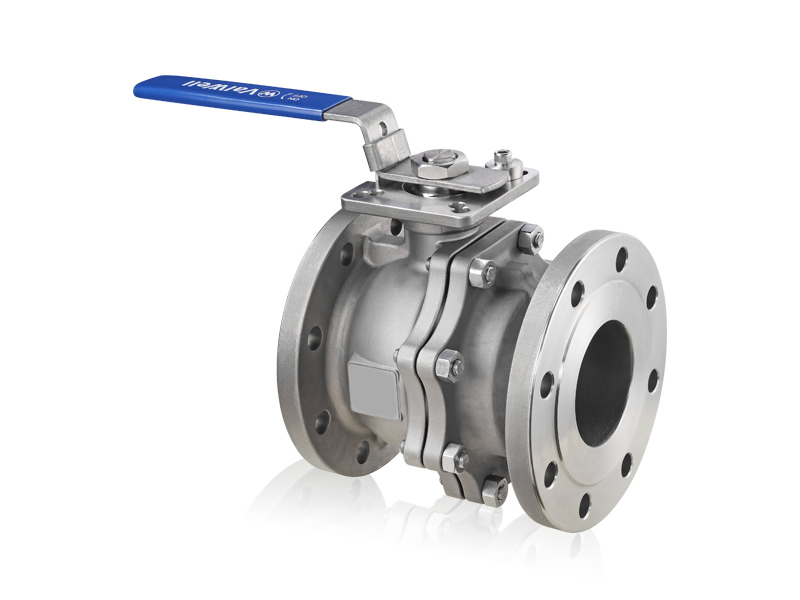
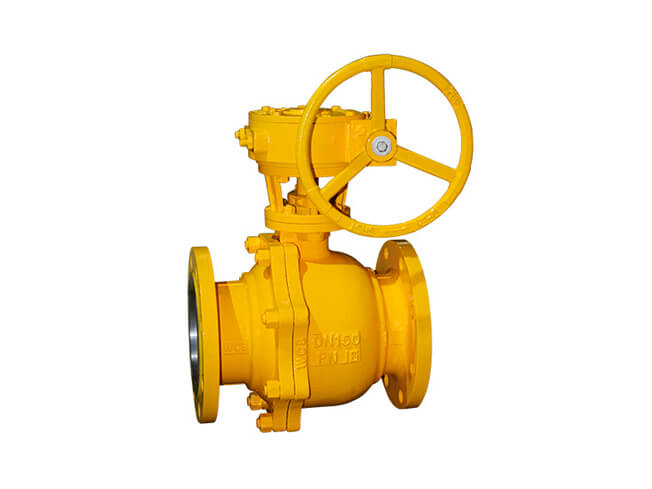
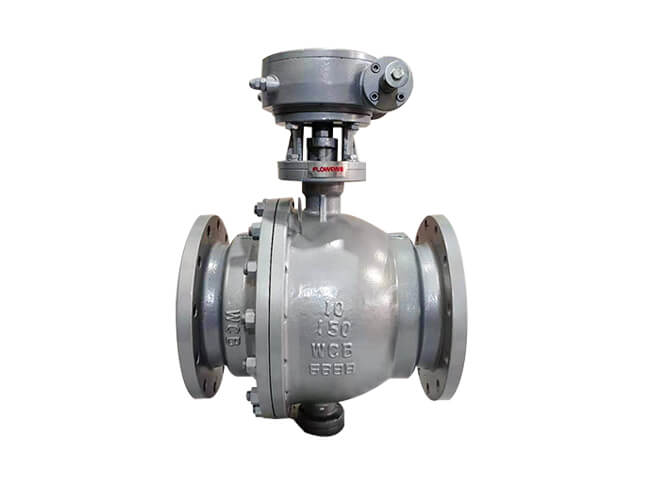
A valve in which the closing member (valve flap) moves along the centre line of the valve seat. According to this form of movement of the valve flap, the change of the valve seat orifice is proportional to the valve flap travel. Because the stem opening or closing stroke of this type of valve is relatively short and has a very reliable cut-off function, and because the change in the seat orifice is proportional to the valve travel, it is very suitable for regulating the flow rate. Therefore, this type of valve is very adaptable to cut off or regulation and throttling.
Advantages:
① In the process of opening and closing, due to the valve flap and the valve body sealing surface of the friction between the smaller than the gate valve, and thus wear-resistant.
② The opening height is generally only 1/4 of the valve seat channel, so it is much smaller than the gate valve;
③ Usually only one sealing surface on the valve body and valve flap, thus the manufacturing process is better, easy to maintain;
④ As its packing is generally a mixture of asbestos and graphite, it has a higher temperature resistance rating. Generally steam valves are used globe valves.
Disadvantages:
① Due to the change in the direction of flow of the medium through the valve, the minimum flow resistance of the globe valve is also higher than most other types of valves;
② Due to the longer stroke, the opening speed is slower than the ball valve.

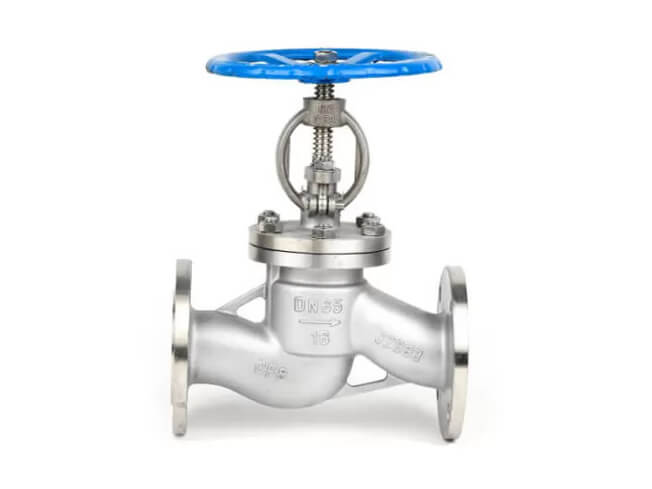
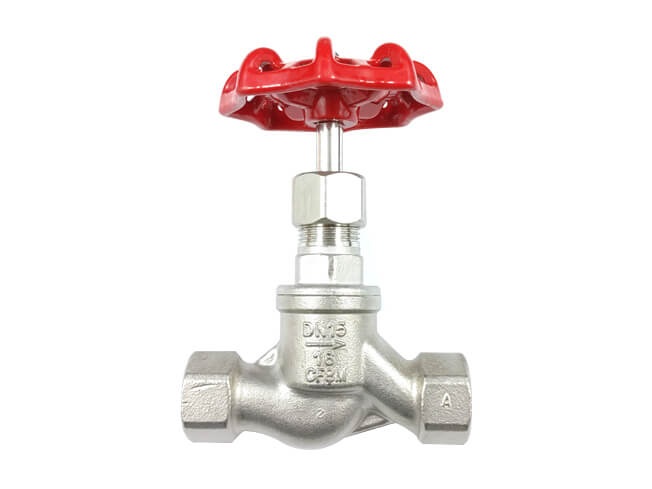
It is a rotary valve whose closing member is in the shape of a plunger, and the passage port on the valve plug is connected or separated from the passage port on the valve body through 90° rotation to achieve a kind of valve that is open or closed. The shape of the valve plug can be cylindrical or conical. The principle is basically similar to the ball valve, the ball valve is developed on the basis of the plug valve, which is mainly used for oilfield extraction, but also for petrochemical.
It is used as an overpressure protection device in pressurised containers, equipment or pipelines. When the pressure inside the equipment, vessel or pipeline rises above the permissible value, the valve opens automatically, followed by full discharge to prevent the equipment, vessel or pipeline and pressure from continuing to rise; when the pressure is reduced to the specified value, the valve should be automatically closed in time to protect the safe operation of the equipment, vessel or pipeline.
In conveying steam, compressed air and other media, there will be some condensate formation, in order to ensure the efficiency and safe operation of the device, it should be timely discharge of these useless and harmful media to ensure the consumption and use of the device.
It has the following functions:
① It can quickly remove the generated condensate;
② Prevent steam leakage;
③ Excluding air and other non-condensable gases.
It is a valve that reduces the inlet pressure to a certain required outlet pressure through adjustment and keeps the outlet pressure stable automatically by relying on the energy of the medium itself
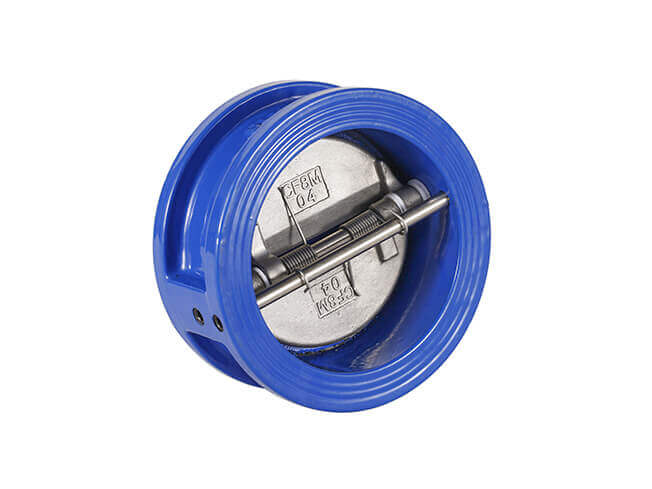
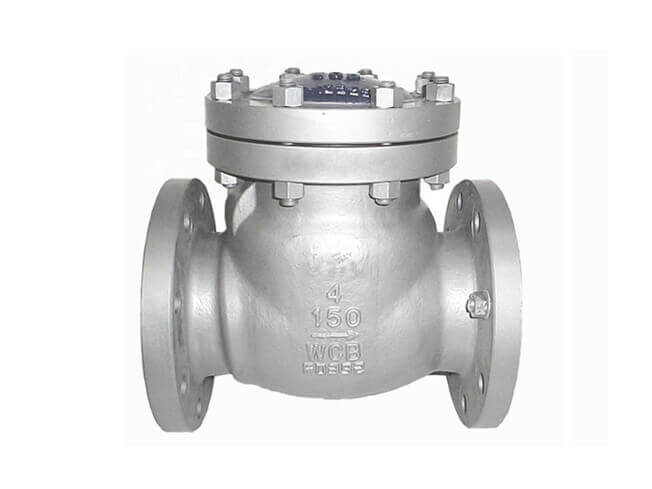
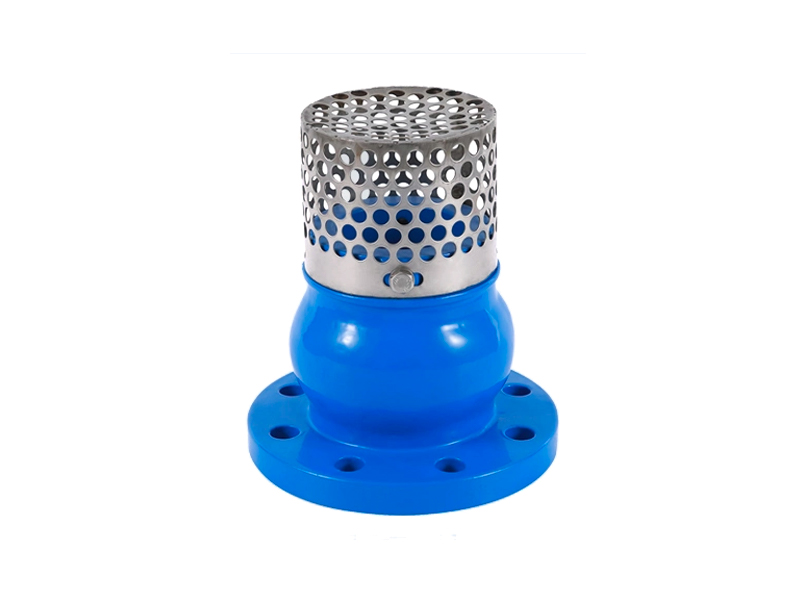
Also known as backflow valves, backstop valves, back pressure valves and check valves. These valves are relying on the flow of the medium itself in the pipeline to generate the force automatically open and close, belonging to a kind of automatic valve. Check valve used in piping systems, its main role is to prevent backflow of media, to prevent the pump and drive motor reversal, as well as container media discharge.
Check valve can also be used for which the pressure may rise to more than the system pressure of the auxiliary system to provide supply pipeline, can be divided into rotary (rotating according to the centre of gravity) and lifting type (moving along the axis).